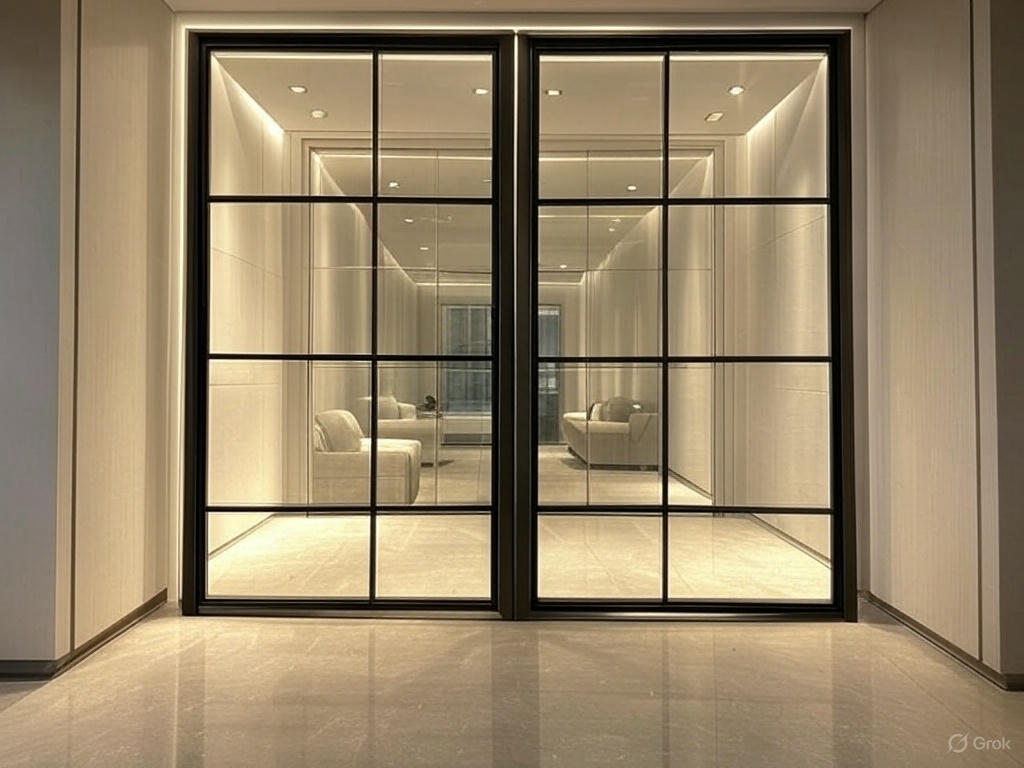Custom wood doors are a top choice for homeowners who want something special for their entryway. Unlike mass-produced doors, these offer a unique blend of durability, beauty, and personal style. Whether you’re upgrading your home’s look, replacing an old door, or building from scratch, custom wood doors let you create an entrance that stands out and reflects your personality. This article dives into the key factors you need to think about—wood types, design options, durability, and cost—to help you make a smart choice. It’s part of our broader “Guide to Choosing Doors for Your Home,” where we explore all things doors, from front entries to interiors.
Customization beats generic options because it fits your exact needs, boosts curb appeal, and adds long-term value. Imagine a door that’s not just functional but a conversation starter—crafted just for you. Let’s walk through what matters most when picking the perfect custom wood door to elevate your home’s first impression.
Understanding the Appeal of Custom Wood Doors
What makes custom wood doors different? Unlike standard doors from a big-box store, custom options are made to fit your vision—whether that’s matching your home’s architectural style, like Victorian or mid-century modern, or getting the exact size for an odd-shaped entry. They’re built with care, often by skilled artisans who prioritize detail, which means better quality and a finish you can’t mass-produce. Plus, they can seriously boost your home’s curb appeal and even its resale value. Picture a striking walnut door with a sleek finish greeting guests—it says something about your home’s character.
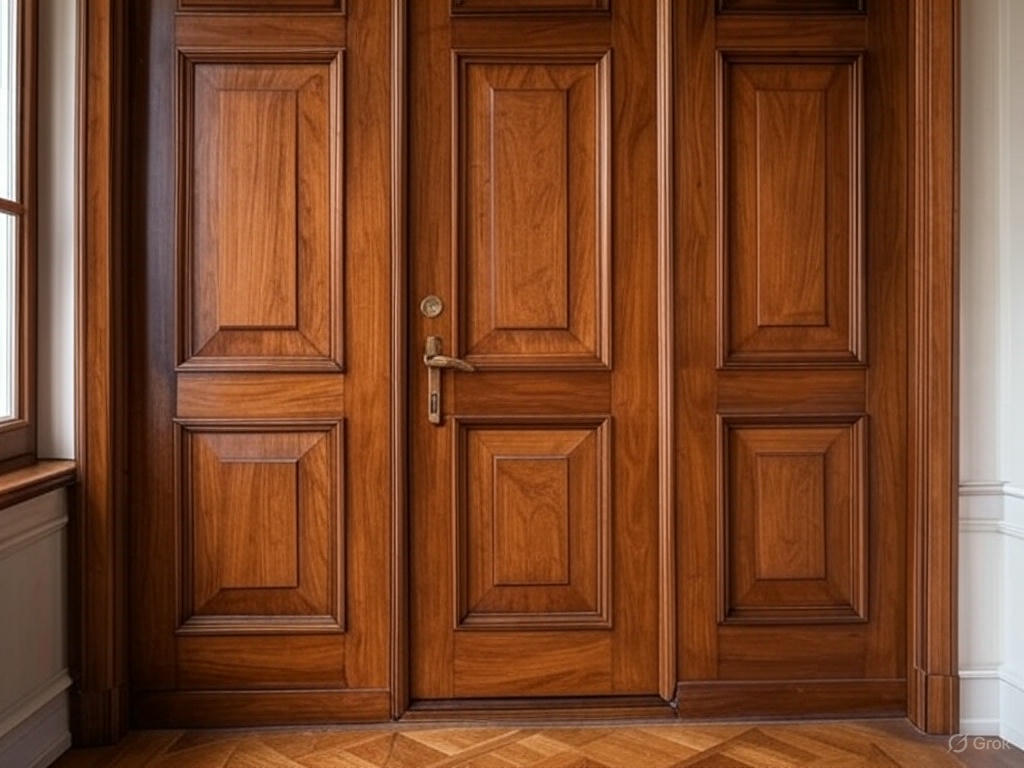
This ties into our bigger guide on choosing doors, where we stress finding options that work for your lifestyle and goals. Beyond looks, custom doors offer practical benefits, like insulation or soundproofing, tailored to your needs. Knowing why these factors matter sets you up to pick a door you’ll love for years.
Choosing the Right Wood Type for Custom Wood Doors
The wood you pick is a big deal—it affects how your door looks, lasts, and costs. Let’s break down some popular choices. Mahogany is rich and dark with great rot resistance, making it ideal for wet climates like coastal areas. Oak is strong, affordable, and has a classic grain that suits many styles, from traditional to contemporary. Walnut brings a deep, luxurious tone that screams sophistication, while cherry offers a warm reddish hue that ages beautifully over time. Alder’s lighter and softer, perfect for a rustic or casual vibe. Each has its pros and cons:
mahogany’s pricier but tough against the elements, oak’s budget-friendly but less resistant to moisture without proper sealing. Consider your climate—humid spots need rot-resistant woods, while dry areas can handle softer types. Aesthetics matter too: do you want bold grains or a subtle look? Budget plays a role—exotic woods cost more. Want eco-friendly? Go for sustainable or reclaimed wood, which adds character and reduces environmental impact. This choice ties into our guide’s focus on practical, green door options. So, what’s the best wood for custom doors? It depends on your needs—balance style, durability, and cost to find your fit!
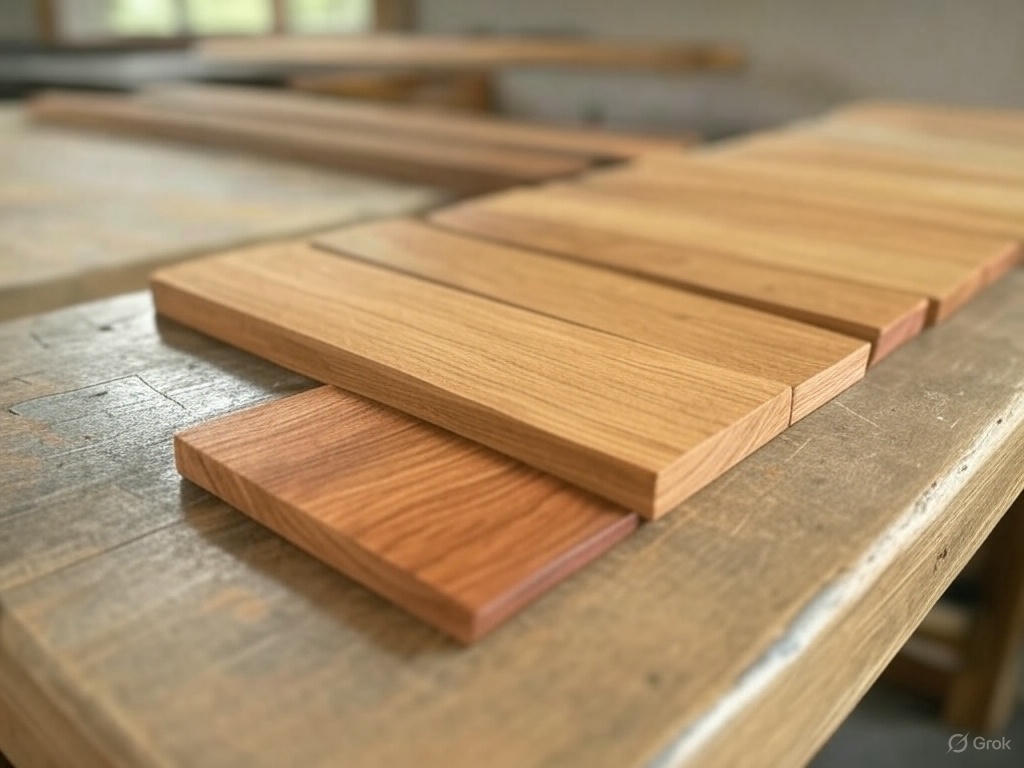
Design Options and Customization Features
Custom wood doors let you get creative with endless possibilities. You can choose panel styles—raised for depth, flat for simplicity, or arched for elegance—or add glass inserts for light and charm. Want something unique? Try carvings, like floral patterns or geometric shapes, or finishes like a bold stain to highlight the grain or soft paint for a modern twist. Match your home’s vibe: a rustic barn door with knots for a farmhouse, a sleek walnut slab for a minimalist look, or a colonial style with detailed molding and brass hardware.
How do you design your custom wood door? Start with your home’s character, then tweak details like hardware (think iron knobs or sleek handles) or shape (rounded tops add flair). Craftsmanship makes these stand out, blending beauty with function—like a solid core that still looks stunning or double doors for grandeur. Our guide dives deeper into aesthetic door choices, and here’s a tip: prioritize what you’ll love seeing every day without skimping on practicality—think weatherproofing alongside style.
Durability and Maintenance Considerations
Durability matters when you’re investing in a custom wood door—it’s not just about looks but how it holds up. How long it lasts depends on the wood type and how it’s built. Solid wood doors are sturdy and timeless but can warp in extreme weather—think oak in a dry spot or mahogany where it’s humid and rainy. Veneered doors (wood layers over a core) resist warping better, cost less, and still look great, though they lack that heirloom feel.
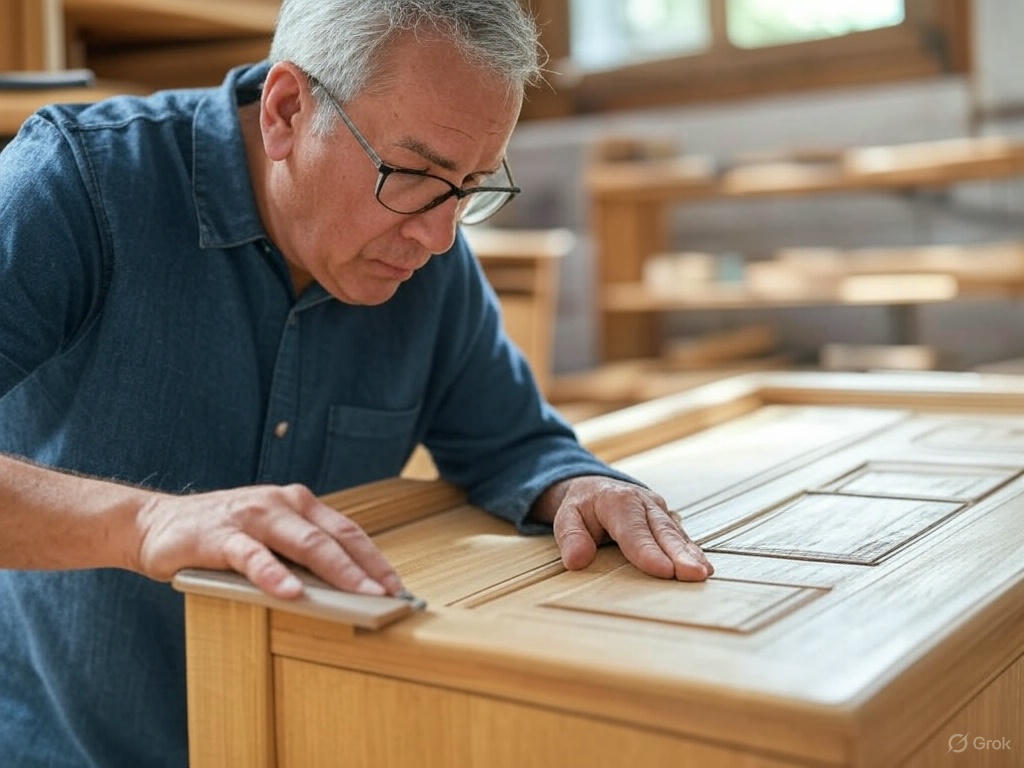
Joint strength and weather resistance are key—look for tight construction, like mortise-and-tenon joints, and proper sealing to block moisture. How durable are custom wood doors? With care, they can last decades, even generations. Maintenance is straightforward: seal or stain every few years to protect the finish, clean off dirt with mild soap, and check for wear like cracks or fading. Climate matters—doors in snowy regions need extra coatings. Our guide stresses long-term performance, and here’s the takeaway: pick a door that fits your climate and commit to keeping it in shape with a little TLC.
Cost Factors and Budgeting for Custom Wood Doors
Custom wood doors aren’t cheap, but they’re worth it for the right home. Materials drive the price—exotic woods like walnut or teak cost more than oak or alder. Labor adds up, especially for hand-carved details or custom sizing. Design complexity matters too—glass inserts, arches, or double-door setups push the total higher. Compared to mass-produced doors ($200–$800), custom ones offer better quality, fit, and uniqueness.
How much do custom wood doors cost? It depends on your choices, but you’re paying for something built to last and impress. Our guide talks door value, and here’s how to budget: set a limit (say, $2,500), prioritize must-haves (e.g., solid wood over fancy extras), and shop around for quotes from local craftsmen or online suppliers. You can get a great door without breaking the bank if you plan smart and avoid over-customizing where it’s not needed.
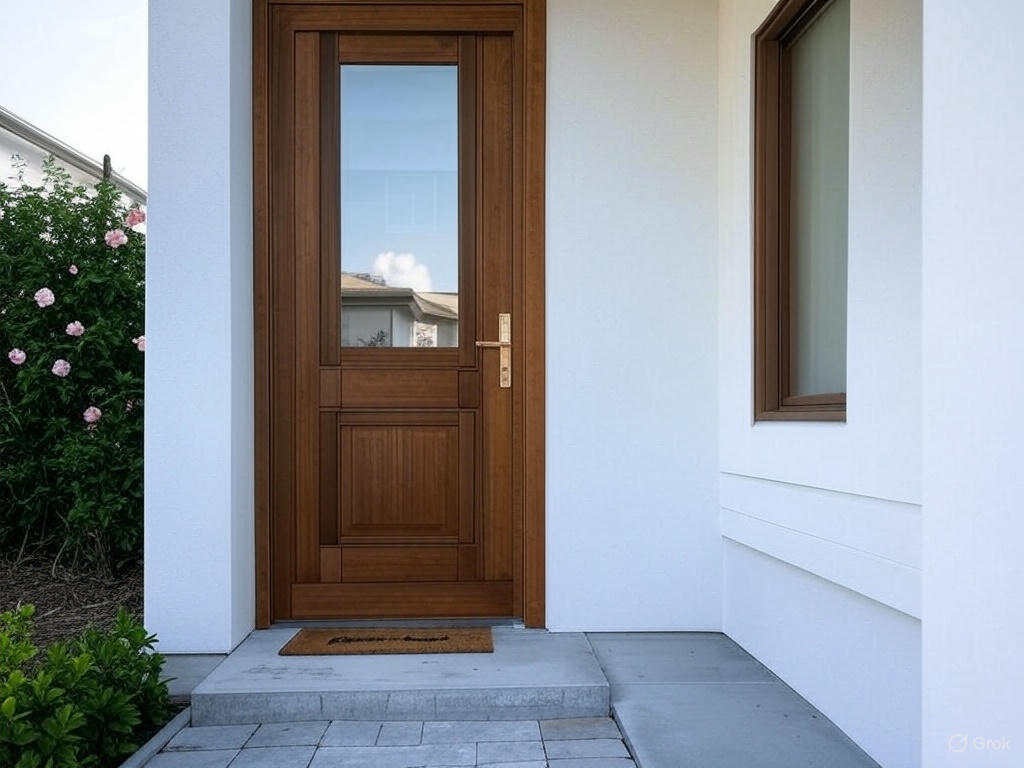
Conclusion
Choosing custom wood doors comes down to a few big factors: the wood type, design options, durability, and cost. Each piece matters—whether it’s picking mahogany for strength and elegance, designing a carved panel for standout style, ensuring it lasts with proper care, or budgeting for quality that fits your wallet.
These doors aren’t just functional; they’re a statement of taste and pride. Weigh your needs against these points—maybe you need weather resistance more than intricate carvings—and don’t hesitate to talk to a pro for advice tailored to your home. Want more? Check out our “Guide to Choosing Doors for Your Home” for the full scoop on door decisions. Picture this: a friend of mine got a custom oak door with a stained-glass inset—every time she walks in, she smiles, saying it feels like “her” house now. That’s the kind of joy a well-chosen custom wood door can bring to your everyday life.
